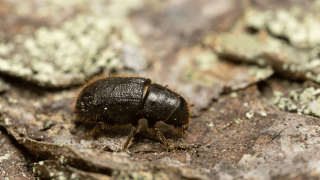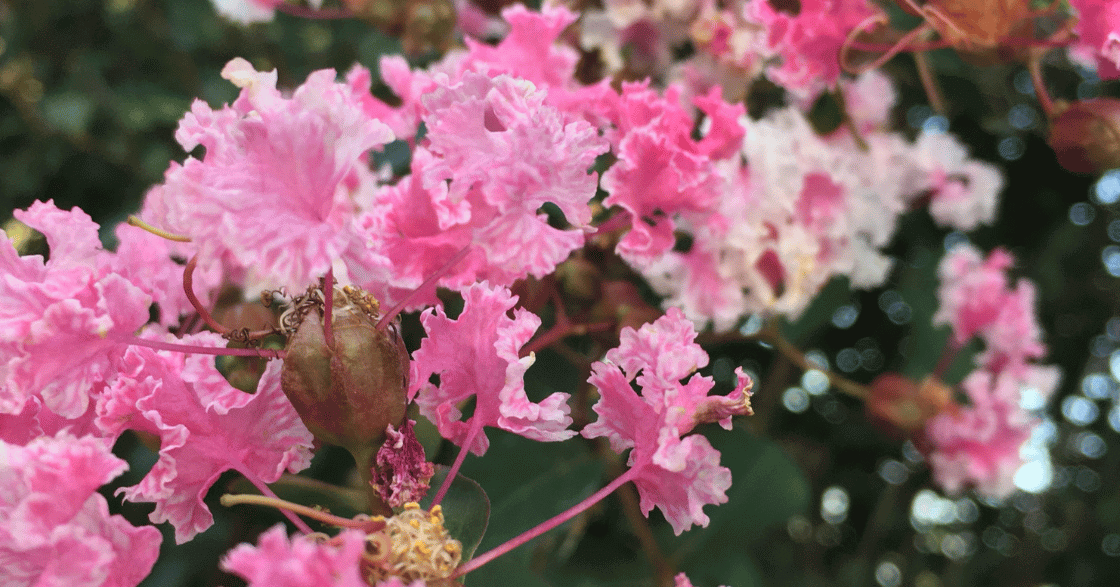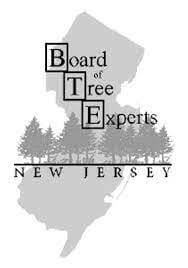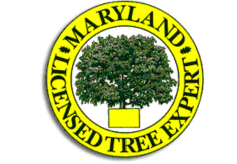f you're seeing sawdust around the base of your tree or small holes in the bark, you might be dealing with a bark beetle infestation. These insects are tiny, but the damage they cause can be massive. Bark beetles are responsible for killing millions of trees across the country every year. At Strobert Tree Services, we’ve seen how quickly these pests can turn a healthy tree into a hazard.
Let’s walk through what bark beetles are, how to identify them, and what you can do to protect your property.
Spotting the Signs
Bark beetles are very small, usually about the size of a grain of rice. You may notice round holes in the bark, piles of sawdust at the base, or sticky blobs of sap on the trunk. That sap, often called a pitch tube, is the tree trying to defend itself.
Different types of bark beetles go after different trees. The southern pine beetle is especially aggressive and often targets loblolly or shortleaf pines. Ips beetles tend to infest trees that are already stressed or damaged. If you're noticing problems with your pine trees, it may be worth checking for beetle activity. The mountain pine beetle is more common in the western states but has been spreading east.
Still unsure? One of our certified arborists can inspect the tree and give you a clear diagnosis.
How Bark Beetles Live and Spread
Adult beetles fly from tree to tree looking for a place to settle. Once they find a weak tree, they chew into the bark and send out a scent that attracts more beetles. They dig tunnels under the bark and lay eggs. The larvae feed on the soft tissue inside the tree, cutting off the flow of water and nutrients. Over time, the tree starts to dry out and die from the top down.
These insects usually go after trees that are already stressed. That could be from drought, root issues, or even lightning strikes. A healthy tree might push the beetles out with sap, but a weakened tree can’t fight back as well.
What the Damage Looks Like
Bark beetle damage is easy to miss until it is too late. You may notice the needles turning brown or the bark falling off in patches. Peel back the bark and you might see winding tunnels underneath. These galleries are a clear sign of infestation.
At this stage, it's usually too late to save the tree. The bigger concern is that beetles can spread quickly to nearby trees. If you're wondering how to tell if your tree is dying, bark beetles could be the cause.
Dead trees also pose serious risks. They can fall during storms and become fire hazards in dry weather. That is why early detection and fast action matter.
What You Can Do About It
The best defense is healthy trees. Make sure they are getting enough water, especially during dry spells. Avoid damaging the bark with tools or equipment, and do not compact the soil around the roots.
Avoid pruning during peak beetle season. Fresh wounds can attract beetles. If you are not sure when to trim your trees, give us a call first.
Insecticide sprays can work if used before an infestation begins. Once the beetles are inside the bark, it is too late for sprays to help. If the tree is already infested, it may need to be removed. We can remove it safely and chip the wood so the beetles do not spread.
If your yard has too many trees growing close together, you may want to thin them out. Crowded trees are more likely to get sick. If you want to plan ahead, consider trees with non-invasive roots or fast-growing trees for privacy.
Where to Get Help
Some state forestry services post bark beetle alerts online. Local universities often publish pest guides. But if you are worried about your own yard, nothing beats an in-person inspection.
Look for signs like sawdust, pitch tubes, or browning needles. If you spot them, take photos and schedule a health check. Our team can confirm what is going on and help you act before things get worse.
Call Strobert Tree Services
At Strobert Tree Services, we deal with bark beetles all the time. We know how to spot the signs and stop the spread. Whether you need pruning, treatment, or full removal, we can help.
Our ISA-certified arborists offer complete tree pruning, removal, and care services. We serve Delaware, Pennsylvania, and New Jersey.
Reach out today for a free tree health assessment. Bark beetles do not wait. Neither should you.











